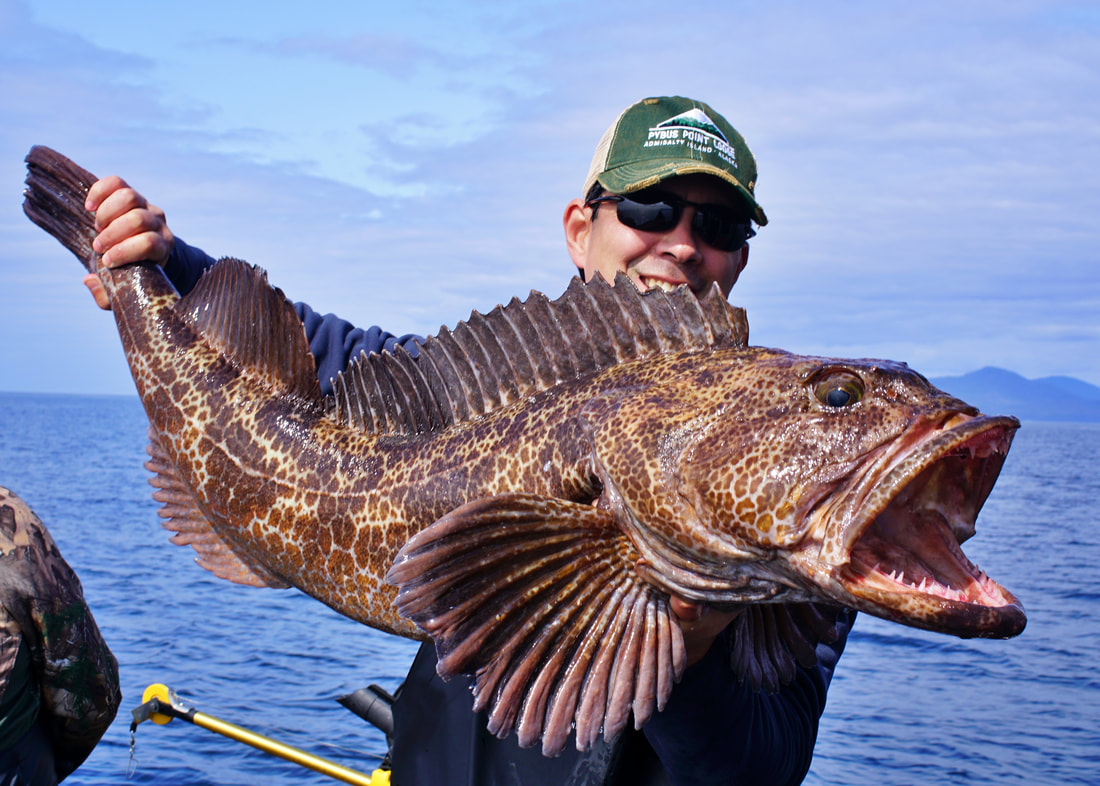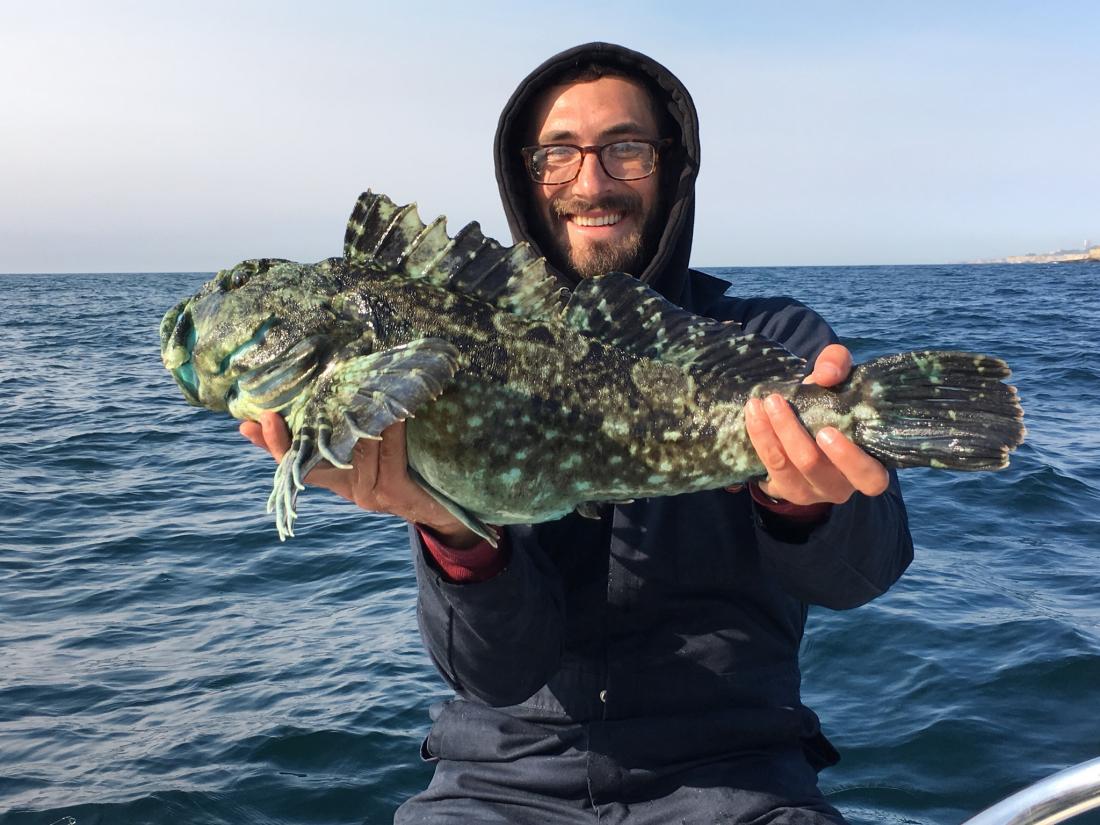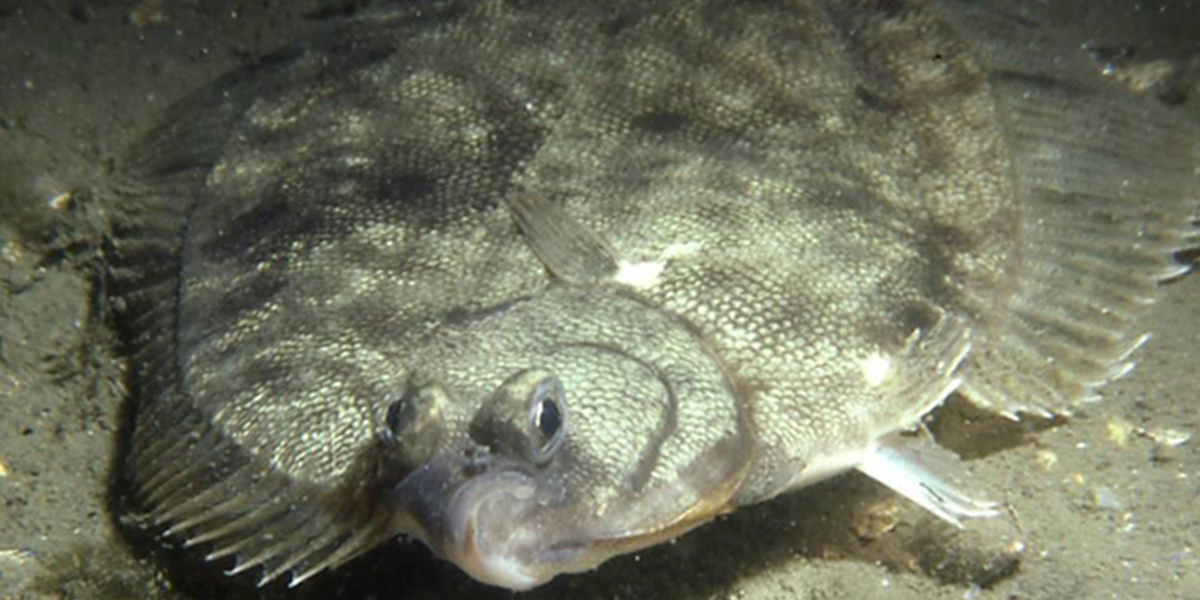What You Should Know About Surf Fishing in Newport, Oregon
There are so many different fishing techniques, it can be tough to keep count! You’ve probably heard of or been on a fishing charter boat to head nearshore or offshore for some fishing action, but what about surf fishing?
No, this does not involve surfboards and catching waves as you try fishing! Though we’d love to see someone try doing that.
If you’re new to surf fishing in Newport, Oregon, and want to learn how to get started, we’ve got a guide for you.
About Surf Fishing
Not familiar with surf fishing yet? This is the practice of catching fish while on the ocean surf line or wading in the ocean surf. Again, no surfboard is involved!
Think of it as fly fishing, but surf fishing is more technical since you need to be aware of the surf conditions, prioritizing your accuracy and distance as you cast your line. What’s great about this fishing technique is how you can catch more game fish species compared to fishing in freshwater lakes and rivers.
Another benefit of surf fishing in Newport, Oregon is how anyone can do it and enjoy a productive day on beaches and shores. As long as you have the right gear and technique, beginner and seasoned anglers have a chance at catching various fish.
But what type of fish can you catch when surf fishing in Newport, Oregon, exactly? Here’s a quick overview of what to expect to reel in:
Surfperches

Surfperch is the most popular species to catch when surf fishing in Newport, Oregon. They have an interesting appearance, featuring various colors on a disc-shaped body. It’s a small fish measuring up to 15 inches, but an aesthetic one that you’ll want to snap a photo with!
Among the many different types of surfperches, the Redtail surfperch is prevalent and most dominant of all. These fish have oval-shaped compressed bodies and reddish fins and tails topped with brown vertical bars. You can also find silver surfperch, though most anglers release this fish since they are smaller.
Lingcod

Lingcod are popularly found in rocky areas, nearshore reefs, and jetties. These fish can grow quite large, specifically up to five feet long, but they usually average between 2-3 feet.
Lingcod grows in varying shades of gray, featuring a large mouth and sharp teeth. If you plan to catch this fish, target the rocks and jetties with a 20-lb lie. You can use a 16-18-lb line if you’ll be using leaders, dropper lines, and snelled bait holder hooks, provided they are attached with 3-way swivels.
As for the bait, you can use ghost shrimp, squid, herring, or pile worms. You can also use lures like rubber worms or lead head jigs.
Cabezon

Cabezon grows up to two feet long and features smooth scaly skin in varying colors, from red, brown, and green. Target them around rocky areas, particularly jetties with a 15-23-lb line. You can use the similar gear, bait, and lures that you would when targeting lingcod.
Flatfish

Flatfish are another popular species with a unique flat shape, hence the name. You can catch flatfish offshore but you can also find them nearshore. You can catch flatfish through surf fishing by drifting a small jig or bait 2 hooks, a 2-ounce sinker, and a 10-15-lb line over sandy bottoms. We recommend using marine worms, mussels, or shrimp as bait.
Rockfish

Rockfish is also known as seabass, with 24 different species of varying colors roaming around the state. Some of these fish live to be over a century old!
You can catch these fish using the same gear and bait as lingcod or cabezon. However, note that the fish’s spines are poisonous, so be wary when handling them.
Sturgeon
Sturgeon is one of the oldest living fish around the world, living up to a century old. They have been existing for over 200 million years. You can find white and green sturgeon in Oregon’s waters.
While quite rare, it’s possible to catch them through surf fishing by using smelt, shrimp, or herring with a 6/0 to 7/0 hook, 2-8-ounce sliding sinkers, and a 30-40-lb line. Do note that these are catch-and-release species and have sharp bony plates on their sides, so be careful when handling these fish.
Besides the species mentioned above, you can also expect to catch anchovy, herring, and sardine!
Helpful Tips When Surf Fishing in Newport, Oregon
Now that you know what surf fishing is and the species you can expect to catch, the next step is learning how to perform this technique! Here are a few helpful tips to follow:
- If you’re a beginner, learn how to surf cast. Think of it as regular casting but prioritizing distance and accuracy for landing the bait in the surf. Go for a basic overhand cast by holding the rod and bending your arm to a 90-degree angle. Flick out the pole quickly, straightening your arm to launch the bait into the waters.
- Learn how to read the beach by learning about the sand bar, rip currents, and the weather. These are crucial factors that can make or break your time surf fishing in Newport, Oregon.
- Prepare the right surf fishing gear, which typically includes a saltwater fishing rod and reel, tackle, bait, surf fishing rugs, hook and rig holders, and your fishing license.
Wrapping It Up
Surf fishing in Newport, Oregon is one of the most favored pastimes among locals and tourists alike. Fortunately, there are so many surf fishing opportunities in the city for every angler, from beginner to expert. As long as you have the right gear and know-how, you’ll surely have fun and have higher chances of catching your target species.
We hope this quick guide on surf fishing in Newport, Oregon helped you out! Don’t wait any longer and begin planning your trip now. If you’re thinking of going offshore after your surf fishing escapade, contact us now to learn more and get connected with experienced captains.
Let’s Get Started
